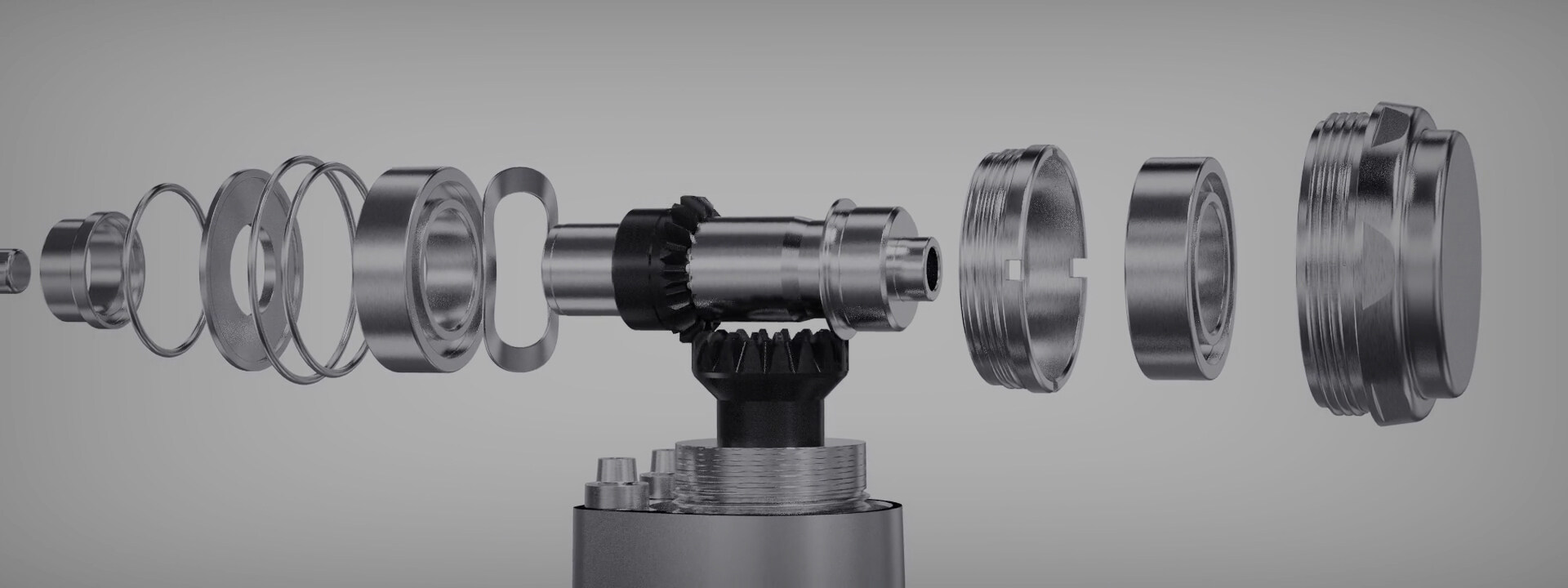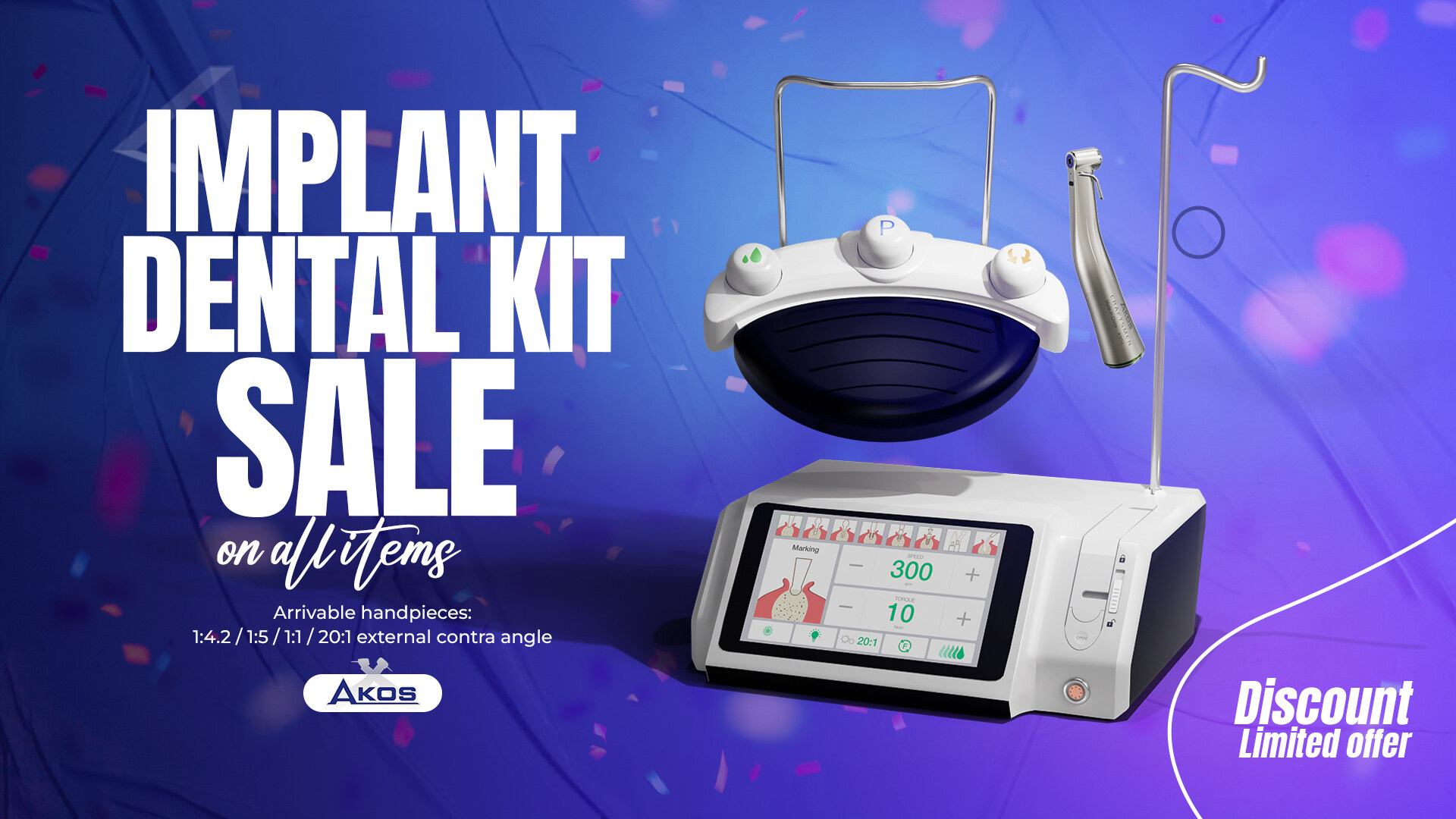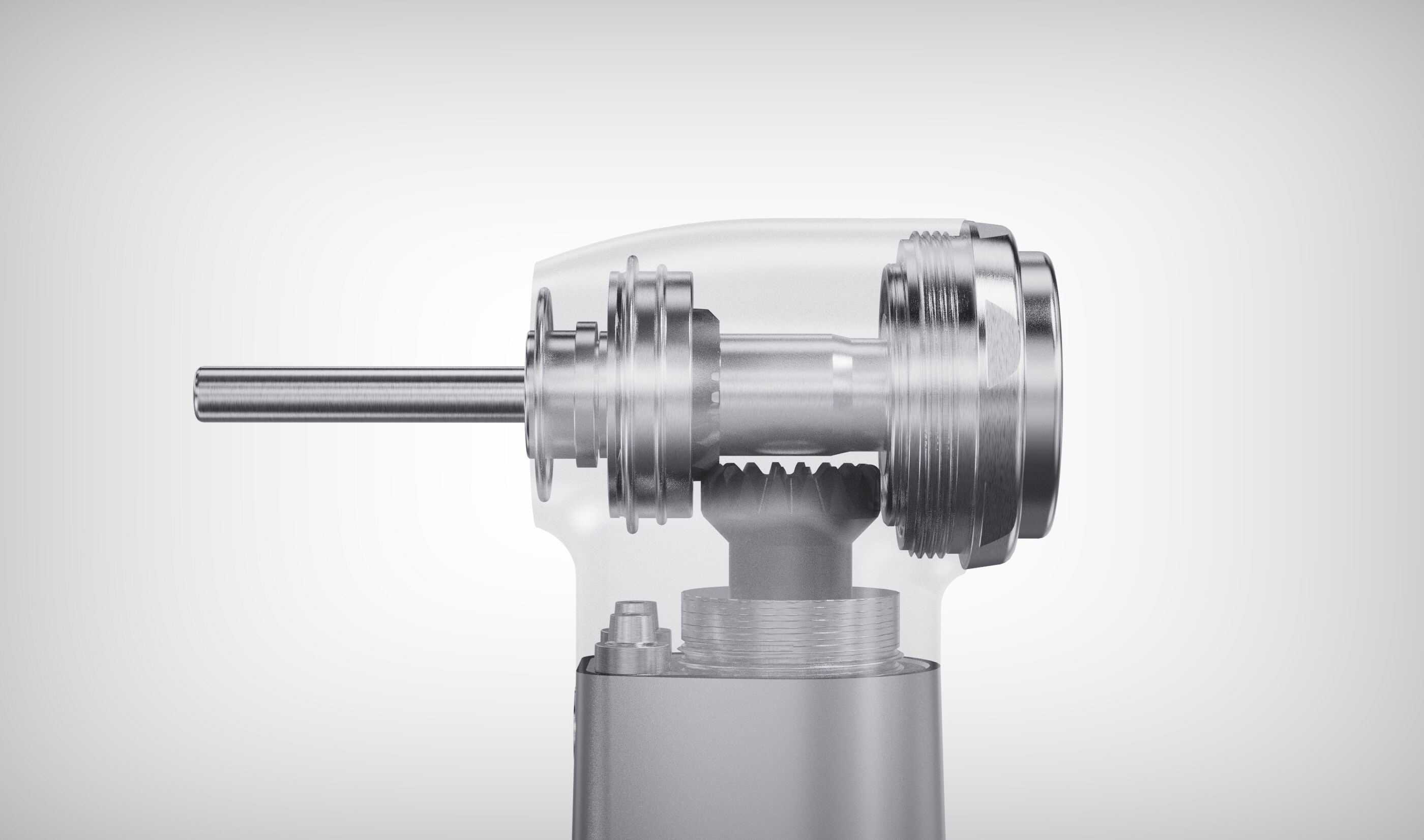Error de formato de correo electrónico
emailCannotEmpty
emailDoesExist
pwdLetterLimtTip
inconsistentPwd
pwdLetterLimtTip
inconsistentPwd

Noticias

Equipo dental de mano: innovaciones y tendencias futuras en odontología

Equipo dental de mano: innovaciones tecnológicas y tendencias futuras
El equipo dental ha recorrido un largo camino desde los primeros días de la odontología. Con el advenimiento de las nuevas tecnologías, el equipo dental se ha vuelto más avanzado, eficiente y fácil de usar. Uno de los avances más significativos en el equipo dental es el desarrollo de equipos dentales portátiles. El equipo dental portátil es una alternativa portátil y conveniente al equipo dental tradicional, que es voluminoso y difícil de mover. En esta publicación de blog, discutiremos las innovaciones tecnológicas y las tendencias futuras de los equipos dentales portátiles, así como los métodos de resolución y reparación de problemas para estos dispositivos.
Innovaciones tecnológicas en equipos dentales portátiles
El equipo dental portátil ha sufrido importantes avances tecnológicos en los últimos años. Una de las innovaciones más importantes es el desarrollo de dispositivos inalámbricos. Los dispositivos inalámbricos funcionan con batería y no requieren una toma de corriente, lo que los hace más portátiles y convenientes de usar. Los dispositivos inalámbricos también eliminan la necesidad de cables y cables, lo que puede ser un peligro de disparo y interponerse durante los procedimientos dentales.
Otra innovación significativa en equipos dentales portátiles es el desarrollo de la tecnología de imágenes digitales. La tecnología de imágenes digitales permite a los dentistas capturar imágenes de alta calidad de dientes y encías, que pueden usarse para el diagnóstico y la planificación del tratamiento. La tecnología de imágenes digitales también elimina la necesidad de radiografías tradicionales, lo que puede llevar mucho tiempo y requerir el uso de productos químicos peligrosos.
Tendencias futuras en equipos dentales portátiles
El futuro de los equipos dentales portátiles parece prometedor, con muchas tecnologías e innovaciones nuevas en el horizonte. Una de las tendencias más importantes en el equipo dental portátil es el desarrollo de inteligencia artificial (IA) y aprendizaje automático. La IA y el aprendizaje automático se pueden utilizar para analizar los datos de los pacientes y proporcionar recomendaciones de tratamiento personalizadas. La IA y el aprendizaje automático también se pueden utilizar para mejorar la precisión y la eficiencia de los procedimientos dentales.
Otra tendencia significativa en el equipo dental portátil es el desarrollo de la tecnología de impresión 3D. La tecnología de impresión 3D se puede utilizar para crear implantes dentales personalizados, coronas y otras prótesis dentales. La tecnología de impresión 3D también se puede utilizar para crear modelos de dientes y encías, que se pueden utilizar para la planificación del tratamiento y la educación del paciente.
Métodos de solución de problemas y reparación para equipos dentales portátiles
Al igual que cualquier otro equipo, el equipo dental portátil puede experimentar mal funcionamiento y desgloses. Es esencial saber cómo solucionar problemas y reparar estos dispositivos para garantizar que funcionen de manera correcta y segura.
Uno de los problemas más comunes con el equipo dental portátil es la falla de la batería. Si la batería no contiene una carga o no se carga correctamente, es posible que deba ser reemplazada. Para reemplazar la batería, siga las instrucciones del fabricante con cuidado y use solo la batería de reemplazo recomendada.
Otro problema común con el equipo dental portátil es la obstrucción o los bloqueos. Si el dispositivo no rocía agua o aire correctamente, puede estar obstruido con escombros o acumulación. Para desactivar el dispositivo, siga las instrucciones del fabricante con cuidado y use solo las soluciones de limpieza recomendadas.
En conclusión, el equipo dental portátil ha sufrido importantes avances tecnológicos en los últimos años, y el futuro parece prometedor con muchas nuevas tecnologías e innovaciones en el horizonte. Es esencial saber cómo solucionar problemas y reparar estos dispositivos para garantizar que funcionen de manera correcta y segura. Al mantenerse actualizado con los últimos avances tecnológicos y seguir los procedimientos de mantenimiento y reparación adecuados, los profesionales dentales pueden proporcionar a sus pacientes la mejor atención posible.

